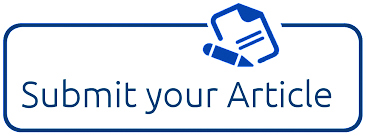Adolescents’ vulnerability to experiment with psychoactive substances has implications not just for the adolescent period but also for the future adult. While there are isolated studies on adolescents’ psychoactive substance use in Nigeria, systematic reviews are lacking. This review examined findings from the literature to estimate the prevalence and determine the pattern and correlates of psychoactive substance use among adolescents in Nigeria as well as gaps in the literature. A systematic review was conducted using searches from PubMed, PsychoINFO, Embase and Scopus. Studies conducted between 1998 and 2018 were generated and screened using pre-determined criteria. Relevant data extracted from included studies were subjected to narrative synthesis. The lifetime prevalence of any psychoactive substance use among adolescents in the multiple substance studies ranged from 40.1% to 87.3% while current prevalence ranged from 32.9% - 69.2%. This high prevalence was mainly accounted for by caffeine use followed by alcohol, hypnosedatives and tobacco. Being male and peer pressure were the most consistent correlates of psychoactive substance use. There was dearth of epidemiological surveys on adolescent psychoactive substance use in the Northern and South-Southern regions of Nigeria. National annual epidemiological surveys on the use of psychoactive substances among adolescents in Nigeria are imperative to fill the gaps in epidemiological surveys and to explore the determinants of use which will help tailor efforts towards specific policies and programmes to address psychoactive substance use in adolescents including out of school adolescents. Stakeholders in psychoactive substance use/abuse related matters should consider the factors identified when planning prevention and intervention strategies. Efforts to control psychoactive substance use among adolescents in Nigeria need to move beyond policy to implementation.
ISSN: 2582-6425
Peer Review and Open Access Journal
Impact factor and Indexing Journal




